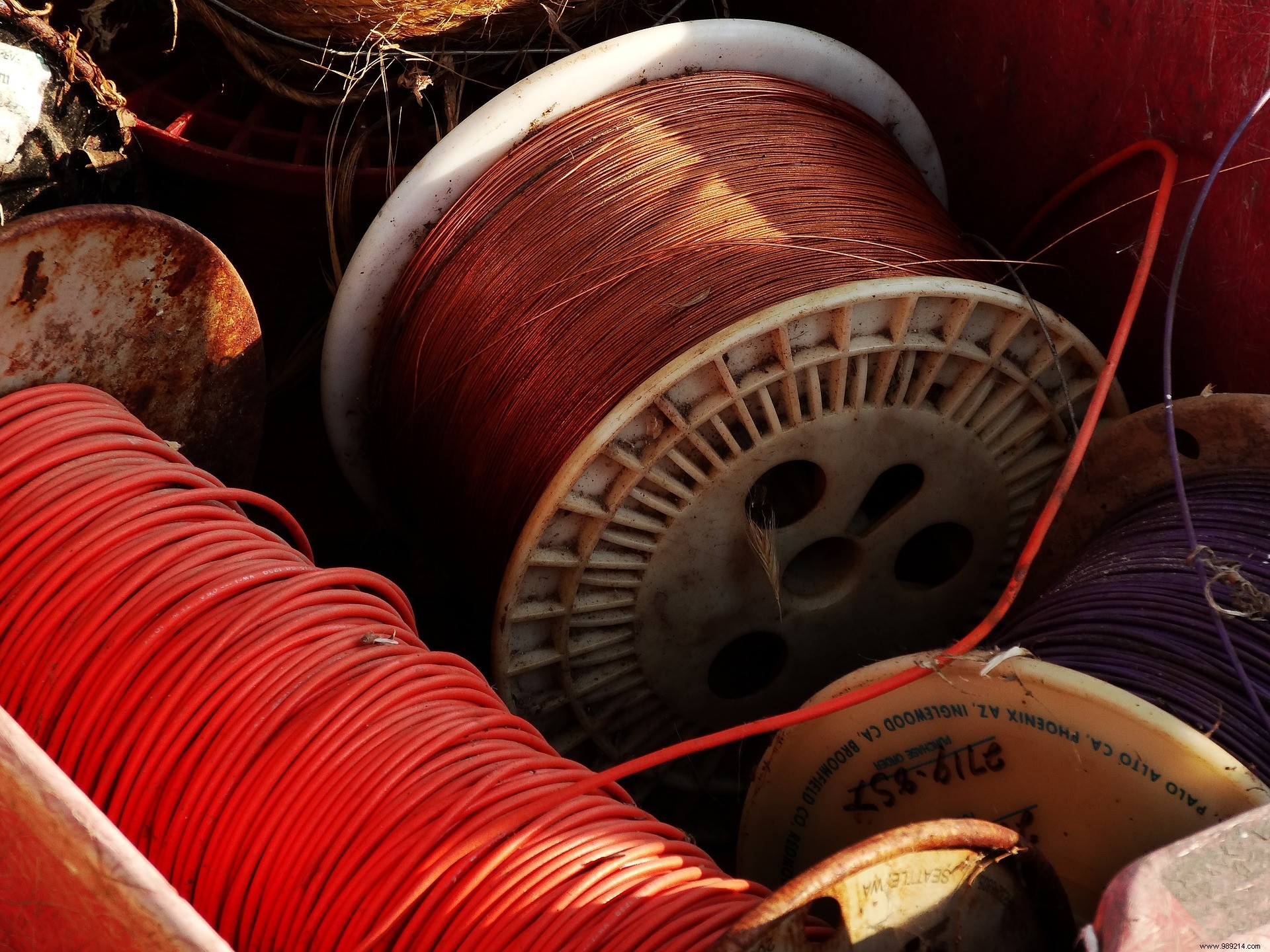Copper, considered a veritable machine for killing microorganisms, could find a place of choice in hospitals following the Covid-19 episode .
Last March, research showed that the SARS-CoV-2 coronavirus, responsible for the Covid-19 pandemic, can survive up to four hours on copper, up to 24 hours on cardboard, and up to three days on plastic and stainless steel (although the viral load is, after 72 hours, considerably reduced). When this study was published, the only thing that surprised Bill Keevil was that the pathogen had survived so long on copper.
This microbiology specialist at the University of Southampton (UK) is indeed used to seeing microbes "fall" on contact with metal. In his laboratory, whether it is Legionella pneumophila, the bacteria responsible for Legionnaire's disease, Staphylococcus aureus , methicillin-resistant (MRSA), the coronavirus responsible for the Middle East respiratory syndrome (MERS), or even H1N1, the virus responsible for the 2009 swine flu pandemic, all, in contact with copper, succumb in a few minutes.
The antimicrobial properties of copper are not new to humans. One of the earliest recorded uses of this element as a disinfectant comes from the Ebers Papyrus, one of the oldest known medical treatises, dated to the 16th century BC. AD, during the reign of Amenhotep I.
Later, as early as 1600 BC, we know that the Chinese also used copper coins to treat heart and gastric pain, or even bladder disorders . Another example with the Phoenicians who, at sea, sometimes inserted pieces of their bronze swords (a copper alloy) into their wounds to prevent infections. Also very early on, women became aware that their children suffered from diarrhea much less often when they drank from copper vessels . This knowledge was then transmitted from generation to generation.
“Heavy metals, including gold and silver, are antibacterial, but the specific atomic composition of copper gives it additional destructive power , explains Bill Keevil. Copper has a free electron in its outer orbital electron shell that readily participates in redox reactions (which also makes the metal a good conductor) ". It is this electron which, in a way, oxidizes the molecules of the pathogen . “Silver and gold have no free electrons , continues the researcher. That's why they are less responsive .
But copper also has other strings to its bow. When a microbe lands on it, its ions will literally explode the cell membrane of the pathogen which, as a result, is left bare. The ions then freely attack the victim's DNA or RNA, preventing its replication.

Well aware of all these properties, Michael G. Schmidt, professor of microbiology at the Medical University of South Carolina (USA), has been focusing his research for several years on the powers of copper in the hospital environment.
At the end of a 43-month study, focused on three hospitals offering copper alloys on bedside rails, intravenous administration supports or even on armrests chairs, there was a 58% reduction in nosocomial infections compared to the results of more "classic" establishments.
As part of another two-year study, published earlier this year, the researcher this time compared beds in an intensive care unit with surfaces plastic and those offering copper. It finally emerged that the former exceeded the accepted risk standards in almost 90% of the samples, while the latter exceeded these standards in only 9%.
For several years, hospitals, given all these antimicrobial properties, have obviously chosen copper. Whether in taps, door handles and other furniture items. This is particularly the case in the United States, France, Poland, or even Peru and Chile. Two years ago, British researchers also developed blouses impregnated with copper nanoparticles , always with the idea of limiting nosocomial infections.
Despite everything, the comeback of copper is still quite timid, mainly for budgetary reasons. Health news, on the other hand, could push other hospitals to look into the question. For their part, entrepreneurs could be encouraged to offer more affordable solutions.
Source